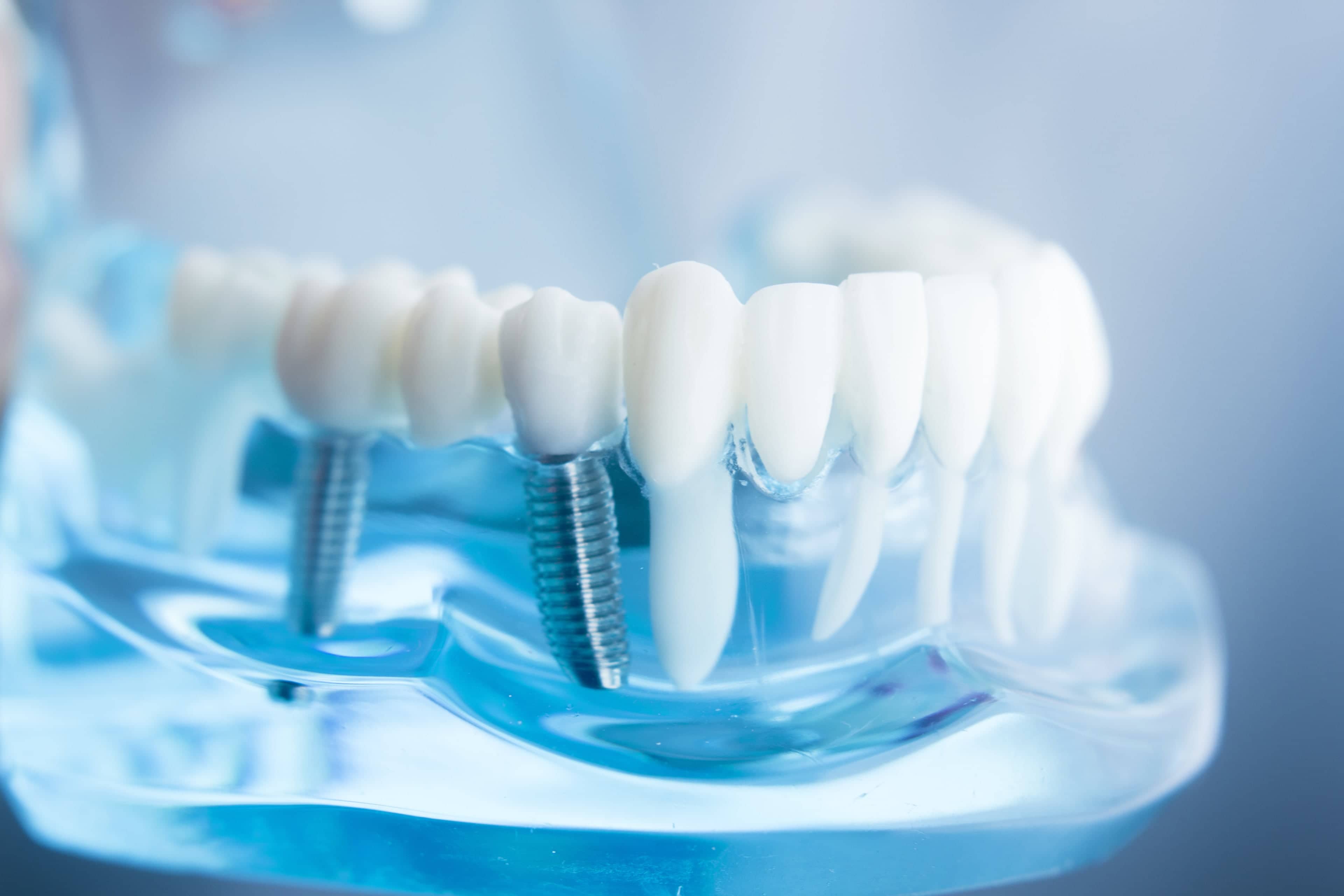Implants are the gold standard for replacing missing teeth, even though it is a more invasive and expensive procedure than other alternatives. We say that because implants provide the most permanent, stable, natural and durable solution for tooth loss that completely restores your natural dental function without demanding any sacrifices to your lifestyle. Here is an outline of getting dental implants from our dentist near you.
Who is a candidate for dental implants in Waterloo?
Only some people are good candidates for receiving dental implants near you. Whether or not you are a good candidate will be decided following a careful review of your medical history and the condition of your mouth, gums and jaw by our dentist and specialists in gums, dentures and implants.
You are a good candidate for dental implant surgery if you have good enough overall health to withstand the surgical procedure. It would help if you also had good oral health, meaning you have no periodontal (gum) disease and have a jaw bone with sufficient mass and density to accommodate the implant. (If you do have periodontal disease or insufficient jaw bone mass, you may be able to receive implants after receiving treatment to resolve that gum disease and to improve your bone mass. Sometimes, our dentist in Waterloo may recommend a different type of implant that can work around low jaw bone mass or density.)
You are a poor candidate for dental implants in Waterloo if you: will not refrain from or reduce smoking and alcohol consumption before and after surgery (because of those habits’ impact on healing and recovery); a woman who is pregnant; you have uncontrolled or poorly controlled Type 1 or 2 diabetes; or you have immune system deficiencies.
Obtaining dental implants in three steps
Before your surgery, our dentist may provide you with some antibiotics and antibacterial mouthwash and recommend that you arrange transportation to and from your surgery well in advance, especially if you receive oral or IV sedation.
First step — placing your implant
Your surgeon will numb your mouth using local anesthesia, then make an incision in your gums to expose the bone of your tooth. Using a drill and working through that incision, our dentist will remove some material to make room to accept the titanium post that replaces the root of your missing tooth. Once the implant has been placed in your jaw, the incision will be stitched. The second stage will occur a few months after you’ve recovered from surgery and the implant has bonded to your jaw bone.
Second step — connecting the abutment to the implant
During the second stage of the implant procedure, our dentist will expose the implant by making a small incision in your gum (where it had healed after the first stage). Once the implant post is exposed, our dentist will attach an abutment. The abutment will fasten your replacement crown to the implant in the third stage. Once the abutment is in place, our dentist will take any impressions necessary to design and prepare your crown.
Third step — connecting your restoration to the abutment
The final step in the implant procedure is attaching your restoration — commonly a crown, though it might also be a bridge or denture — to the abutment placed in the second stage. Between the second and third stages, the crown or other restoration will have been crafted by technicians at a dental laboratory based on the impressions taken by our dentist and as required to blend naturally with your remaining teeth. Crafting, fitting, and placing the crown may take multiple appointments.
Are dental implants right for you and your needs? Please make an appointment with our dentist in Waterloo and ask them to guide you through your options.

